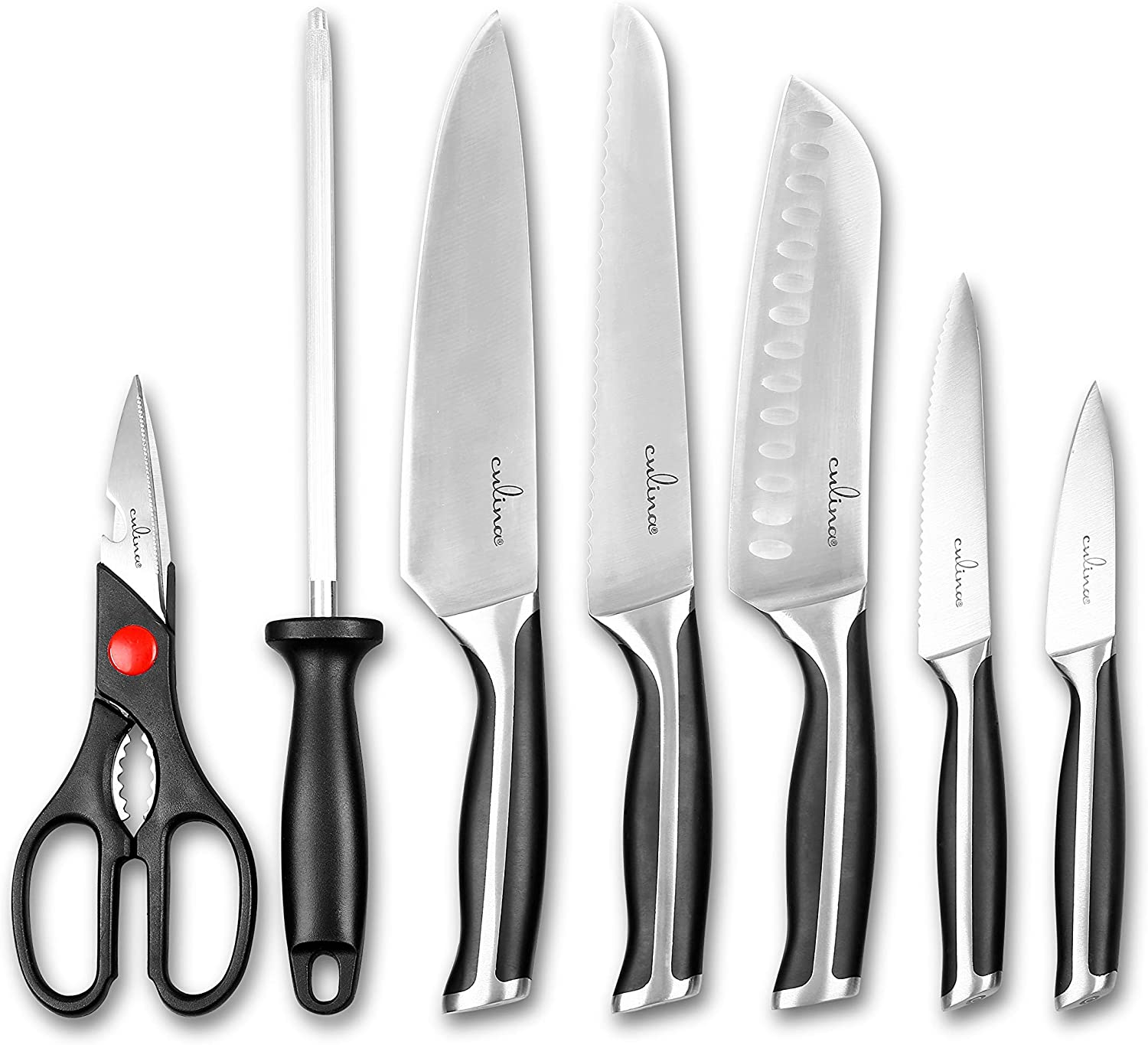Ensuring that your meat thermometer is oven safe is crucial for achieving perfectly cooked dishes. This guide will help you understand the characteristics of oven-safe thermometers and how to determine if yours fits the bill.

Introduction to Oven-Safe Meat Thermometers
Cooking meat to the perfect temperature is an art, and a reliable meat thermometer is a vital tool in achieving this goal. Meat thermometers ensure that your food is safe to eat and cooked to your desired doneness.
Why Use an Oven-Safe Meat Thermometer?
Using an oven-safe meat thermometer provides several benefits. First, it allows you to monitor the internal temperature of the meat without opening the oven and losing heat. Secondly, it ensures that your meat is cooked evenly and thoroughly, reducing the risk of undercooking or overcooking.
Important Features of Oven-Safe Meat Thermometers
Not all meat thermometers are created equal. Here are the key features that indicate a thermometer can withstand oven temperatures:
- Heat Resistance – Look for thermometers made from materials that can handle high temperatures.
- Temperature Range – Ensure the thermometer can measure the high temperatures typical of oven cooking.
- Probe Quality – The probe should be sturdy and designed to remain in the oven for extended periods.

Types of Meat Thermometers
There are different types of meat thermometers available. Knowing which type is oven-safe is essential for proper usage:
Analog Meat Thermometers
Analog or dial thermometers are traditionally designed and usually oven-safe. They can be left in the meat during the entire cooking process.
Digital Meat Thermometers
Digital thermometers provide quick readings and often come with a probe that can be left in the oven. However, it’s important to verify if the digital unit itself is safe for oven use.

How to Determine if Your Thermometer is Oven-Safe
Here are steps to check if your meat thermometer can safely be used in the oven:
Check the Manufacturers Instructions
The manufacturers manual or packaging often states whether the thermometer is oven safe. Always start here to get accurate information.
Look for Temperature Ratings
Oven-safe thermometers will indicate their maximum temperature ratings. Ensure these ratings are sufficient for typical oven temperatures.
Material Composition
The materials used in the construction of the thermometer can also provide clues. Materials such as stainless steel are generally oven safe.
Common Mistakes When Using a Meat Thermometer
Avoid these common errors to get the best results:
Not Preheating the Meat Thermometer
Some thermometers need to be preheated before use. Check if this applies to your model.
Inserting the Thermometer Incorrectly
Insert the thermometer into the thickest part of the meat, avoiding bones and fat, for accurate readings.
Relying Solely on Visual Cues
Always use the thermometer instead of guessing based on color or texture.
Maintaining Your Oven-Safe Meat Thermometer
Proper care extends the life of your thermometer:
Cleaning After Each Use
Clean the probe with hot, soapy water and avoid immersing the entire thermometer in water.
Regular Calibration
Ensure your thermometer is accurate by calibrating it regularly.
FAQs
Can I leave my meat thermometer in the oven?
Yes, if it is an oven-safe model. Always check the manufacturer’s guidelines.
What temperature range should an oven-safe thermometer have?
It should cover at least the range of 0F to 400F. Higher ranges are even better for roasting and grilling.
How do I check the accuracy of my meat thermometer?
You can test it in boiling water. It should read close to 212F or 100C.
For more detailed instructions, visit this guide on how to use a meat thermometer.
Dont forget to explore other amazing cooking tools and tips [here](https://chickenthingsandmore.com/how-long-to-microwave-rotisserie-chicken/) as well.
As an Amazon Associate, I earn from qualifying purchases.









